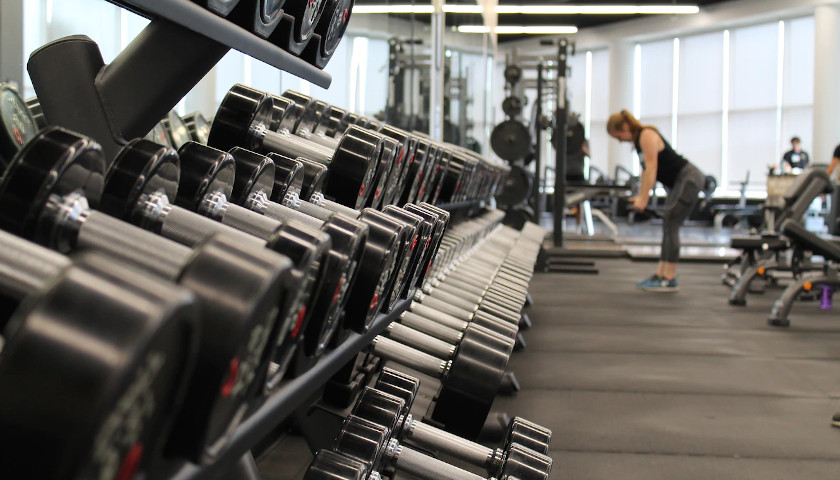by Scott McClallen
Gyms and fitness centers shuttered through Dec. 18 by Gov. Tim Walz claim the state’s own data doesn’t justify the mandate.
From June through Nov. 14, state data reported gyms accounted for 47 COVID-19 outbreaks, making up roughly 7.7% of the states’ 603 total outbreaks during that time.
Those 47 gym outbreaks resulted in about 743 COVID-19 cases, according to state data.
Walz shut down most sports, which during the same period resulted in 285 outbreaks – more than six times the amount of gyms – and ballooned into 1,140 cases.
Gyms were shut down entirely even though they were associated with half the number of outbreaks as weddings (113), which are permitted to operate with restrictions.
Life Time Fitness Public Relations Manager Amy Williams told The Center Square Life Time has had 3.15 million visits since June 10 with 352 reported positive confirmed cases, equating to an infection rate of 0.01%.
There have been 237,000 total cases of COVID-19 in Minnesota since the beginning of the pandemic.
“These data reflect reports of exposure through community transmission at a very low rate among Life Time members and team members, and none of these reported exposures appear to have definitively originated at Life Time,” the company said in a statement.
“These numbers, on their face, strongly demonstrate that Life Time clubs are neither a source nor a location of material spread of COVID, and these data hold for other operators as well.”
In Michigan, Illinois and Missouri, gyms and fitness centers weren’t shut down during the second “pause.”
Life Time Inc, Anytime Fitness, LLC, and Snap Fitness – a coalition encompassing more than 500 health clubs serving more than 350,000 Minnesotans – has asked Walz to reverse his decision.
“We’ve been very vocal about our position on reopening gyms immediately and agree that the data we are getting from the State and Life Time’s own internal data do not support that gyms are a contributing factor to the spikes we are seeing,” Williams wrote in an email.
“In fact, we believe strongly that health clubs are an essential business right now, as they contribute to both the physical and mental being of Minnesotans to help battle the many comorbidities that add to the complications of COVID-19 like obesity and diabetes.”
More than 30% of adults in Minnesota were obese in 2018, according to Minnesota Department of Health data.
Walz defended his decision to allow big-box retail stores to operate without capacity restrictions during the holiday season but not gyms even at 10% capacity.
“The exact science around it is still pretty hard to pin down, but the general overview is the longer you’re near someone in a smaller space, and if you’re doing things that make you breathe harder, the chance of infections go up,” Walz told reporters Tuesday.
Businesses such as tattoo parlors, tanning salons, and liquor stores are open in capacities ranging from 25% to 100%.
Life Time argues it is providing the safest environment for much-needed exercise at a critical time.
“Health clubs are NOT the problem, THEY ARE THE SOLUTION to maintaining public health,” Williams wrote. “They are, in fact, the safest environments people may visit as compared with other forms of retail, entertainment, or any other place, at this time.”
– – –
Scott McClallen is a staff writer covering Michigan and Minnesota for The Center Square. A graduate of Hillsdale College, his work has appeared on Forbes.com and FEE.org. Previously, he worked as a financial analyst at Pepsi.




